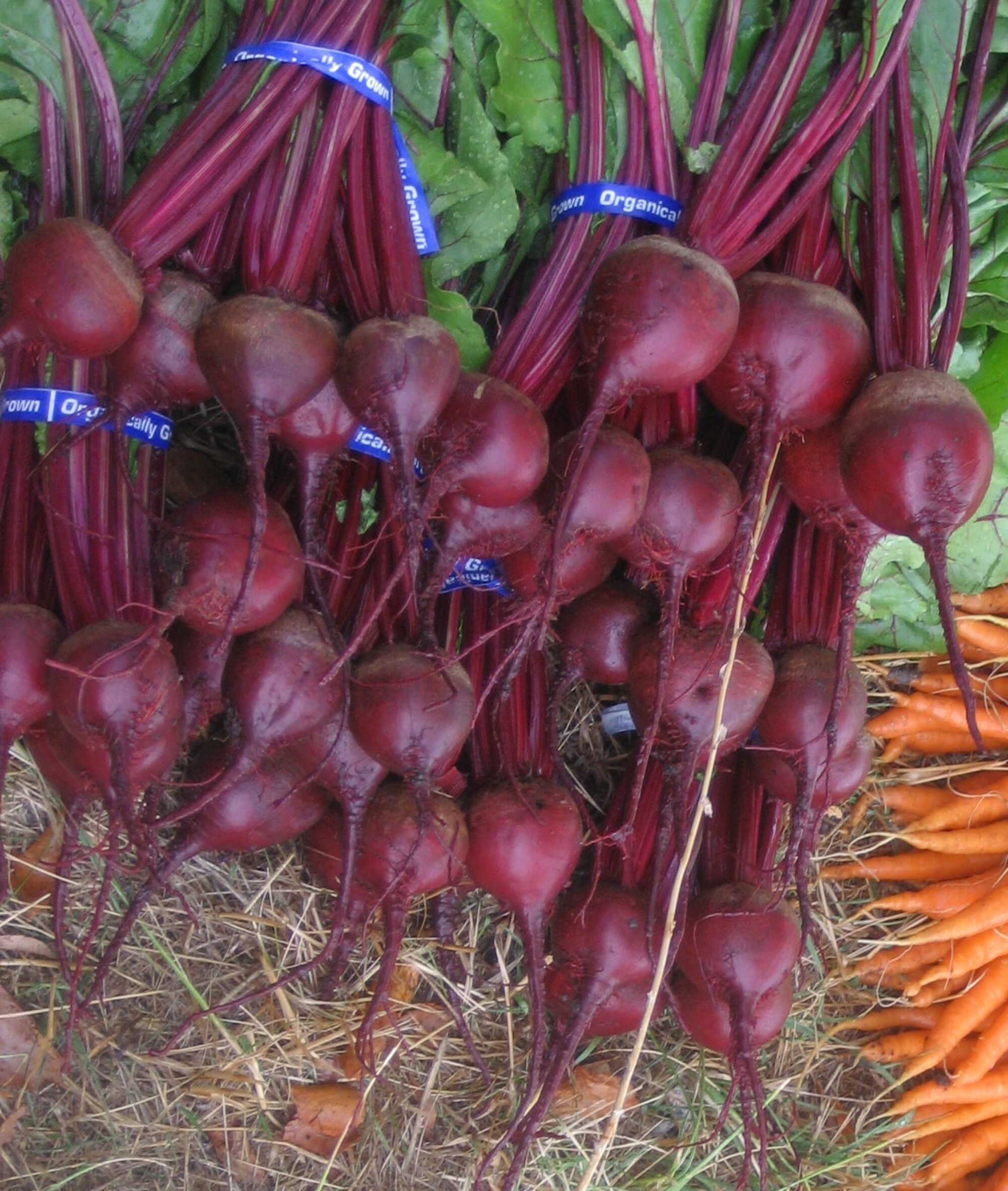In preparation for my upcoming Hands On Sauerkraut class at this years Provender Conference, I am gathering information from some of my favorite sources, mixing it in with my own experiences and setting it aside for 3-5 days to let the bacteria flourish!
The coolest thing that i learned today in my research is the benign lactic acid bacteria that make sauerkraut what it is, were born and evolved eons ago in some rotting veggie pile. I love the idea of something literally being born in a heap of compost that changes the way that humans eat forevermore. Or not. As humans shy and yield away from eating fermented foods there has certainly been a boom of, up til now unknown, gut issues, auto immune diseases and the like. I think that those bacteria born all those eons ago and living in our bodies are our best friends and even though we can’t talk to them, we do get to enjoy hanging out together all the time, occasionally sharing a beer and well, pretty much all of our meals are enjoyed together. What i am trying to say is that these bacteria are, in my opinion, the key to our health and well being and without them all sorts of diseases and disorders are born in their absence.
And fermented foods are DELICIOUS!
I think somewhere along the line once sauerkraut started being canned and pasteurized for mass production we all got a bad taste in our mouths, and for most of us that was the only taste of sauerkraut that we’ve ever had, and it wasn’t that great.
But homemade sauerkraut is fast and easy and delicious and if you’ve never tried making it or eating it, please, let me introduce you to your little friends!
The basic ratio for making sauerkraut is 5 lbs of finely shredded cabbage (about the thickness of a dime) to 3 T sea salt or some other high quality salt. Thats all you need! Massage the salt into the cabbage, put the cabbage in a jar and let it sit for about a half an hour. Then, using some sort of tool mash it up to release the water from the cabbage and create a brine. The cabbage needs to be at least an inch below the brine and it needs to stay there. So, cover the kraut with cheesecloth and weigh it down with boiled rocks, or a smaller jar full of water, or anything you have around the house, just make sure to sterilize it first. The let it sit in room temperature (the cooler the better) for 3-5 days until the bacteria are born. After that put it in the pantry or the fridge, somewhere nice and cool and let it sit as long as you want to. Check it every couple of days and if there is scum forming, then scrape it off. Also, taste it every few days so that you know when it is perfect for you.
Easy Peasy!
At the class i am also going to have available: beets, turmeric, ginger, juniper berries, caraway seeds and most likely some other random spices so that participants can mix and match and play and create their very own batch of sauerkraut to take home to remember the fun they had at Provender 2015!
Labels would be so cute for the jars…with Moxie Consulting on them…sigh..so little time so much to do!
Now get out there and grow some bacteria and Be Well!
xoxo
-m
